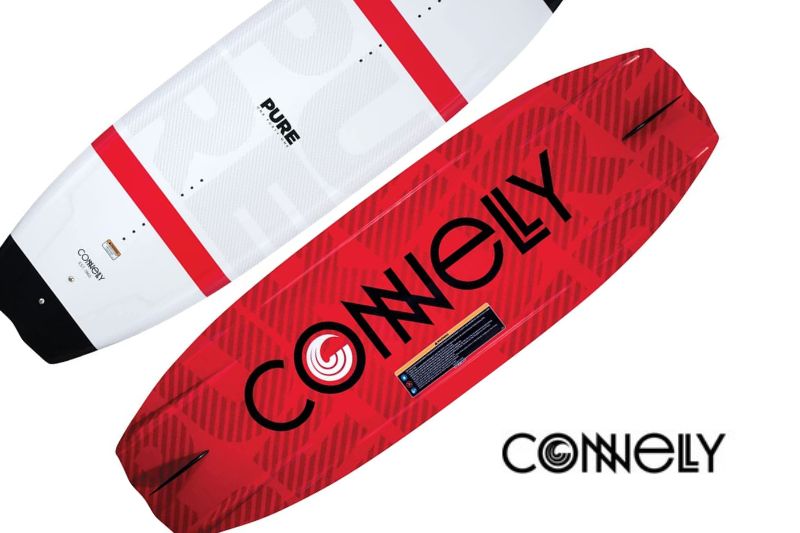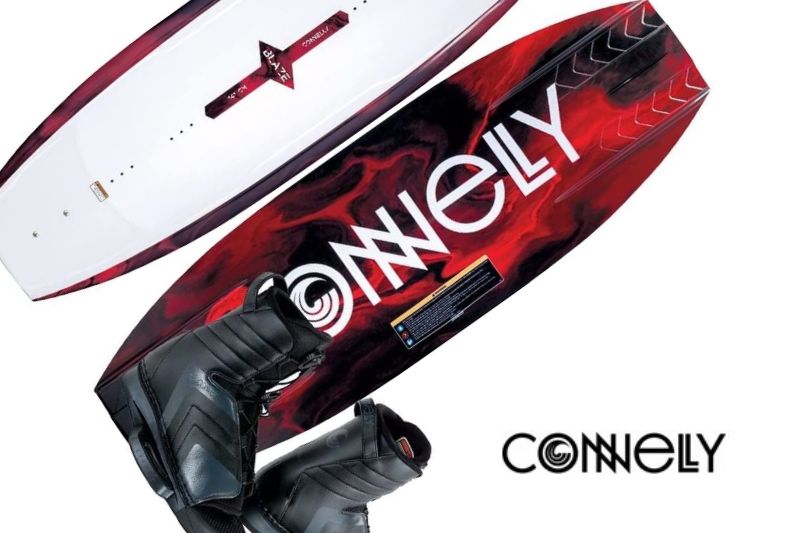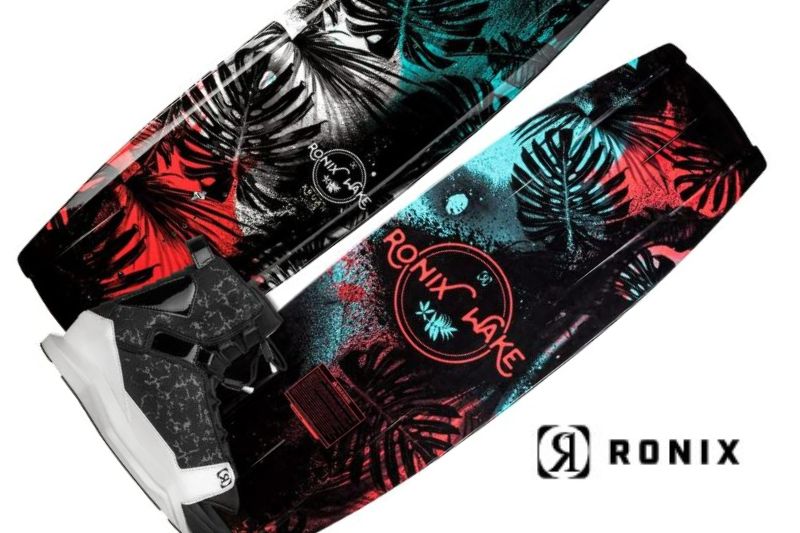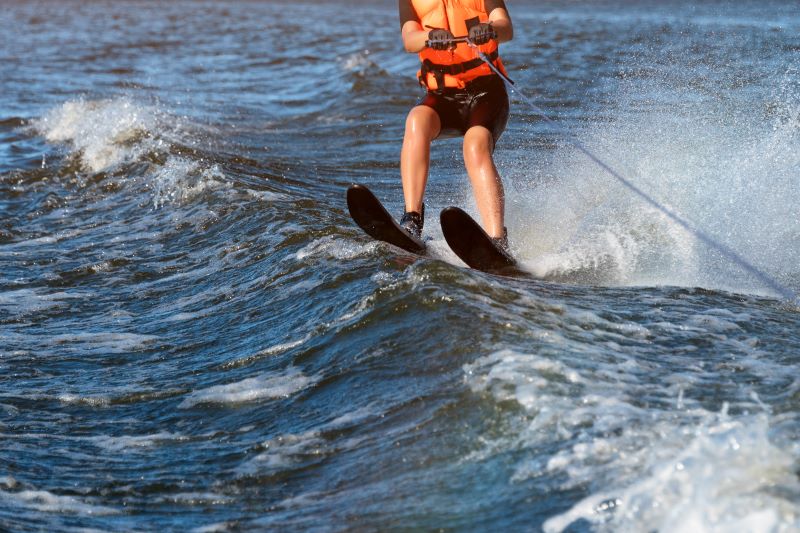What is the Right Towing Speed for Wakeboarding?
Everything you need to consider before you make your new wakeboard purchase
There’s a lot that goes into wakeboarding success, and a lot of that depends on building your skill and practicing. But one aspect you might not think of right away is that your success depends on how fast you’re going; or rather, how fast the boat pulling you is going. How you set your speed for wakeboarding plays a large part in determining whether you’ll succeed or faceplant.
Remember that wakeboarding is a team sport. You’re the one who will look awesome doing all of those tricks, but you won’t be able to do any of them unless you have a good boat driver who will set you up for success. So if you’re driving the boat, this article is for you. We’re going to give you all the tips and tricks you need to set your rider up for success and build a great team by telling you how to set the right speed for wakeboarding. That applies to both beginning wakeboarders as well as more advanced riders. If you’re wondering what’s the best speed for wakeboarding, read on!
Start with the right equipment
Before we get into the correct speed for wakeboarding, you have to make sure you have the correct equipment. Without that, you won’t get very far. There are two very important pieces of equipment you’ll need: the boat and the tow rope.
Make sure your boat is capable of towing a rider safely. While you can use a general watersports boat, a boat made specifically for wakeboarding is ideal. Wakeboard boats are usually longer and have more options for ballast, such as ballast tanks that fill and empty easily with water. They also have adjustable horizontal wake plates that mount to the transom and allows you to create more variety in wake shapes and heights.
The tow rope should be high-quality and specific to wakeboarding. Wakeboarding tow ropes have virtually no stretch, which helps the rider perform tricks, and is especially helpful for beginners. Check the length too; beginner wakeboarders need shorter ropes than more advanced wakeboarders. Make sure your tow rope has a comfortable handle that is easy to grip firmly.
Know the rider’s skill level
Before you even start your engine, talk to your rider and make a plan. It’s important that you know your rider’s skill level – whether they are a beginner or more advanced – to help you determine the correct speed for wakeboarding. Their skill level will impact how you drive the boat. Also check which tricks they know and will want to perform so you can adjust your driving accordingly. Checking in with each other will help eliminate any safety risks and set both of you up for success.
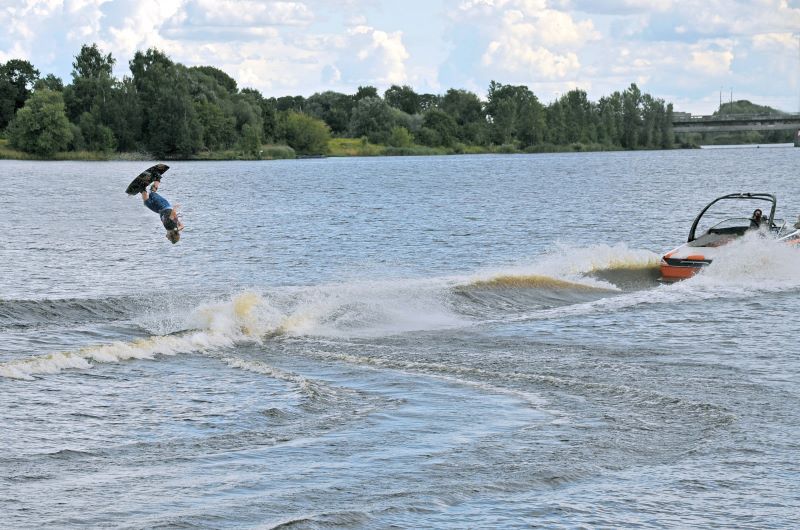
Wakeboarding speed for getting the rider up on their board
The next step is knowing how to get the rider up on their board. The worst thing to do here is go too suddenly or too fast! You should accelerate slowly and steadily until the rider is standing up on their board. A wakeboarder can get up on their board with the boat going barely above idle, so take it super easy. Once your rider is up on their board and ready to go, you can start to accelerate, but not before.
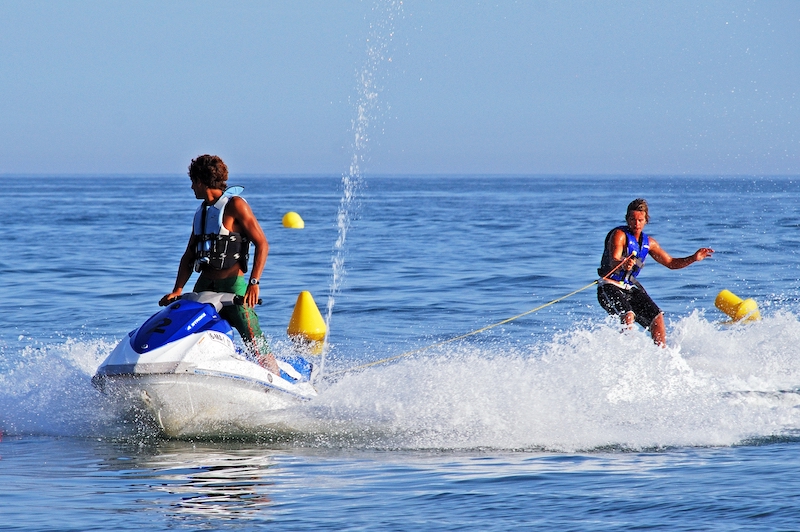
Setting the right speed for wakeboarding
Now that your rider has successfully gotten up on their board, you can set your wakeboarding speed. The ideal wakeboard speed depends on your rider’s size and skill level. Refer to the following to determine your speed:
Beginner wakeboard speed should always be slower. The correct beginner wakeboard speed is somewhere between 12 and 15 miles per hour. This is a steady speed that will help the beginner gain confidence on their board. As your beginning rider gains confidence and is more comfortable, you can increase your speed a few miles per hour, but don’t go over 18 for a while.
Intermediate wakeboard speed starts around 15 miles per hour. For the less experienced in this category, stay between 15-18 miles per hour, and for the more advanced intermediate riders you can increase to 18-20 miles per hour.
Expert wakeboard speed is around 20-24 miles per hour. This is the sweet spot for most advanced riders. The faste
When to bump up speed for wakeboarding
It can be hard to know when to increase the speed for wakeboarding. You certainly don’t want to set your rider up for failure, and going slowly always equals safety, but at the same time you don’t want to keep your rider crawling along when they could be improving. The most rewarding part of wakeboarding is learning new tricks, and you can’t do that if you’re going too slow.
Remember to always start out slow with a beginner, especially someone who’s never been on a wakeboard before. The first few times keep the speed super slow until they get comfortable with their edges and are able to turn. Only do that a few times, though. Each time gradually increase the speed by 1 mile per hour until you’re up to 15 miles per hour.
Of course, always listen to your rider, though. If they’re telling you to stop or slow down, do so. Don’t increase your speed until they’re comfortable again.
Know your boat
Always remember that each boat is different, and your boat may have a different speed for wakeboarding than what your rider is used to. 20 miles per hour on one boat might feel more like 18 on another boat. It’s a good idea to practice driving your boat so you get a feel for the different speeds. That way when a rider asks for a specific speed, you’ll be able to know what your boat can do and you won’t catch the rider by surprise.
As a driver, it’s also important to be comfortable with different drive patterns and skills, such as how to accelerate, what to do when the rider falls, turning your boat, etc. Always practice your driving skills just as much as you would practice your riding skills.
Find a great beginners wakeboard for kids, women or men.
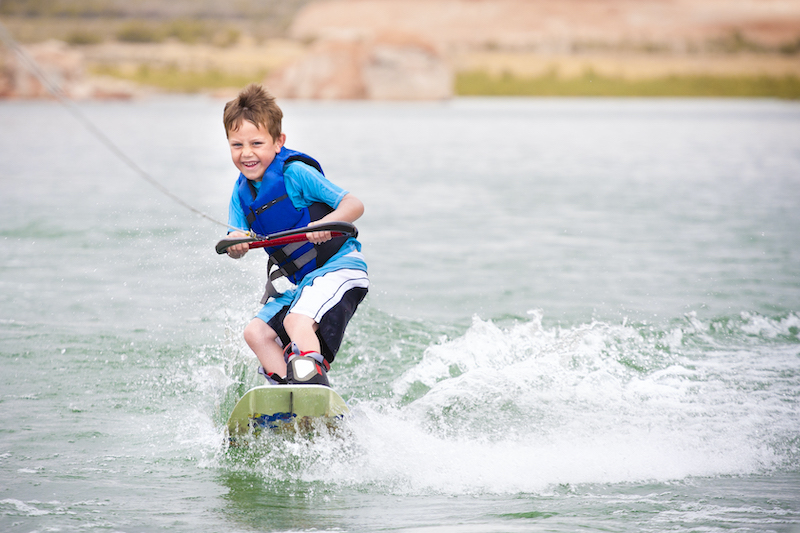
The right speed for wakeboarding means the right fun!
Having the ideal wakeboard speed can be tricky to figure out, but it’s crucial to ensuring that your rider is successful and safe and has a fun time on the water. Always remember to communicate with your rider, and practice your driving skills. That way everyone involved will have fun on the water!

